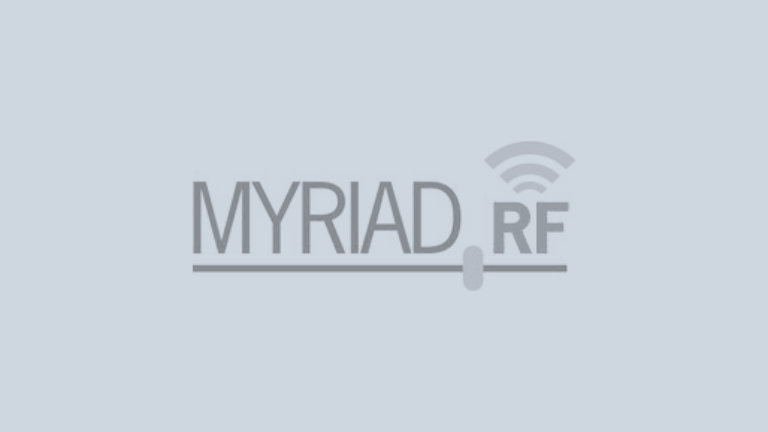We’re delighted to announced that Charles Brain is the winner of the LimeSDR digital design competition, with a proposal to build an FPGA-based RF channel simulator.
Channel simulators are invaluable tools for RF system designers and, like many such tools, they unfortunately come with a typically high price tag attached. Charles, G4GUO, will be known to many fellow radio amateurs for his work on projects such as DATV-Express, the digital amateur TV project. A veteran designer of advanced communications systems, Charles’ competition entry was driven by his own needs and of the project he says:
Currently there are a number of open-source channel simulators available but these tend to be PC based and only implement a narrowband model suitable for HF channel simulation
What I am proposing is a Wideband model suitable for testing modern wideband modes such as DVB-S2, LTE etc. To achieve the bandwidth the model would have to run on the FPGA. The proposal would be to allow the following parameters of the model to be changed.
- Frequency offset of the signal (both stationary and moving).
- Up to 6 time delayed paths using either the FPGA registers or on board DRAM.
- Each path would allow an independent fading model (standard or user defined).
- Gaussian noise generators for Signal to Noise testing.
- Continuous wave carrier interference.
- Support of 2 RF channel inputs and 1 output.
- Support of 1 RF channel input and 2 outputs (side by side modem testing).
The above model would be implemented using a combination of NCO (numerically controlled oscillators), complex mixers and adders in the FPGA. The analogue sections of the LMS7002M would be used to set the precise signal level of the input waveform before it enters the model.
Future enhancements may include
- Doppler spreading of the signal.
- Ability to input a PC generated waveform via the USB3 interface to add another baseband channel, this could be used to measure for example the interference between WiFi and LTE-U operating in the same band or on an adjacent band. The waveform could be generated by GNURadio.
- Fractional re-sampling of the input waveform to test modem tracking of symbol timing errors.
A great entry, I’m sure you will agree, and a fantastic example of how LimeSDR can be put to use in accelerating wireless innovation and making it accessible to many more people!
